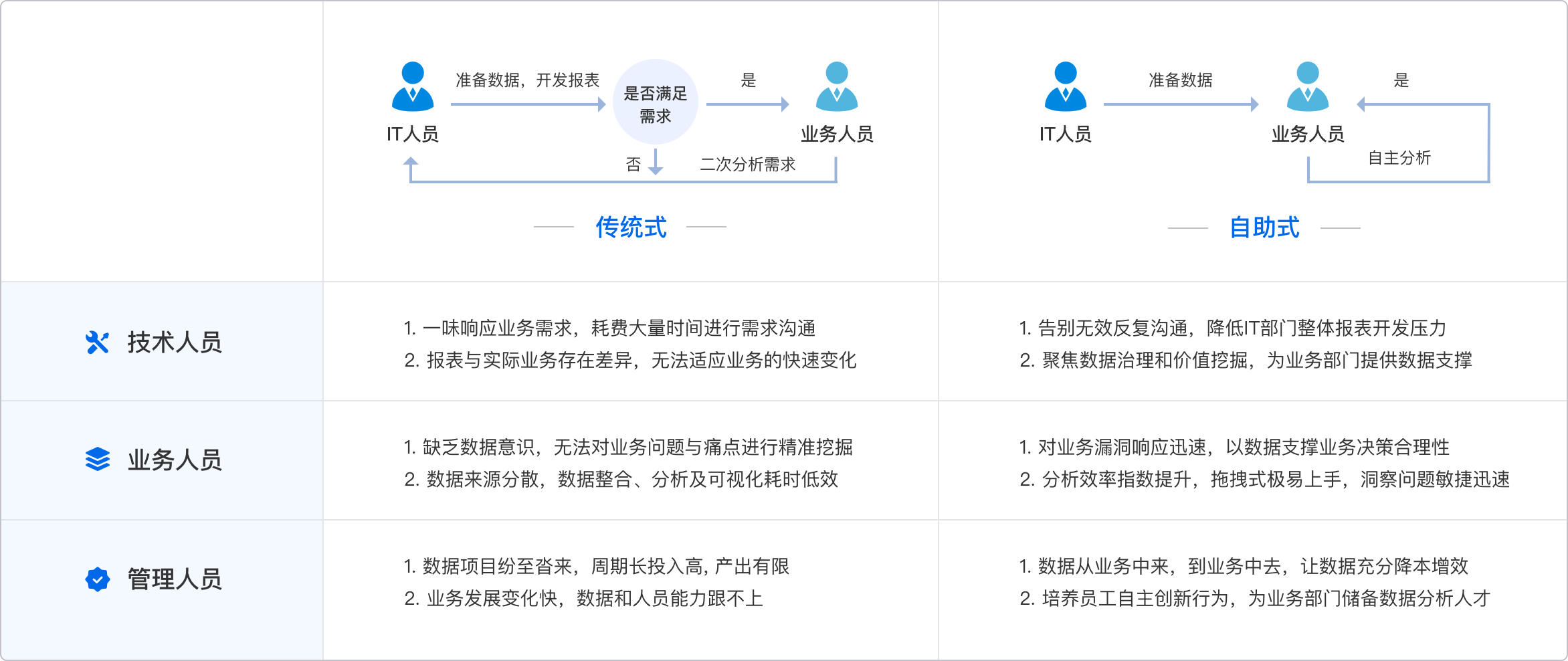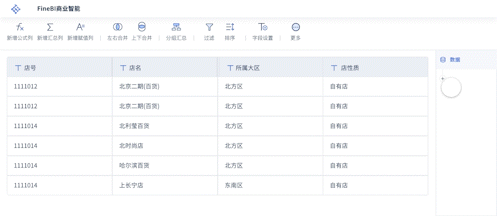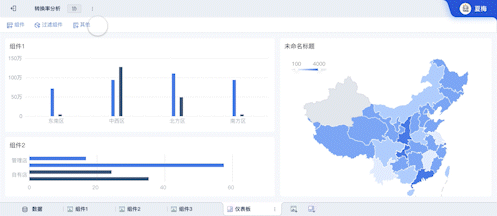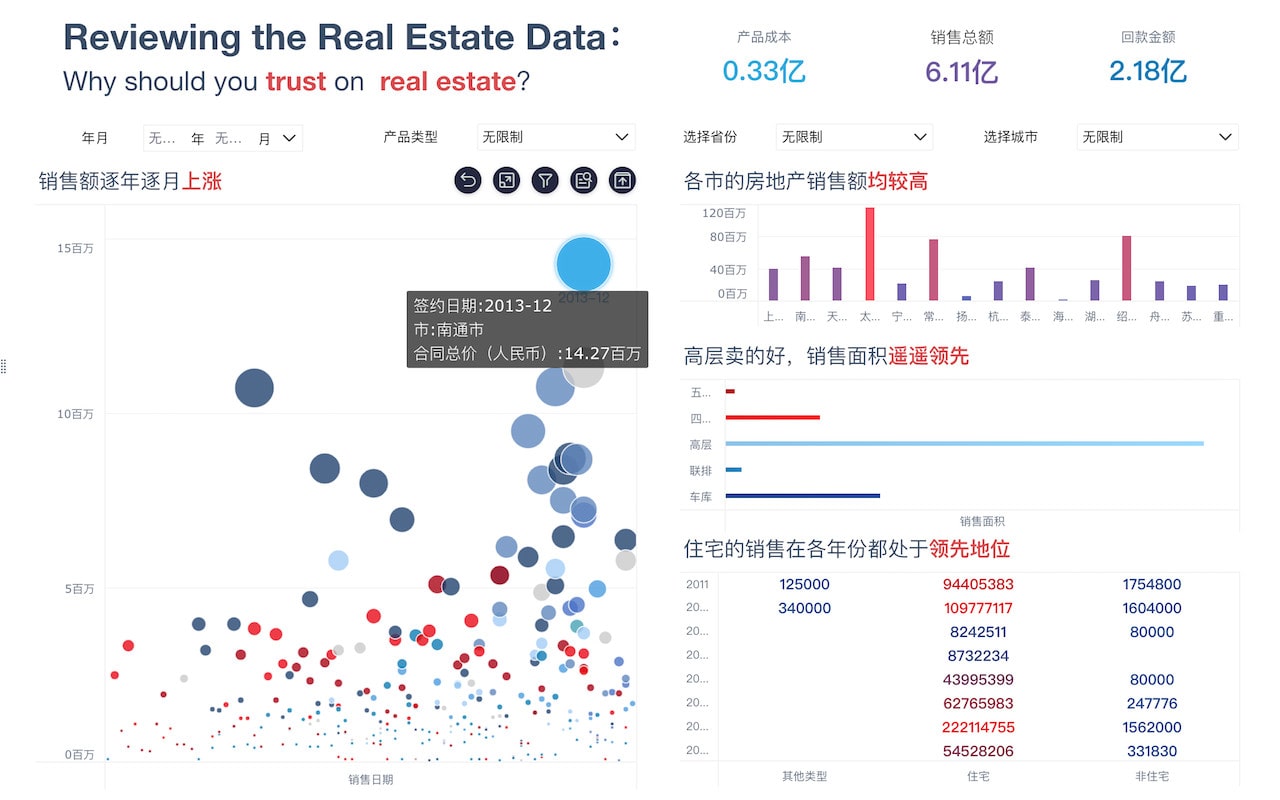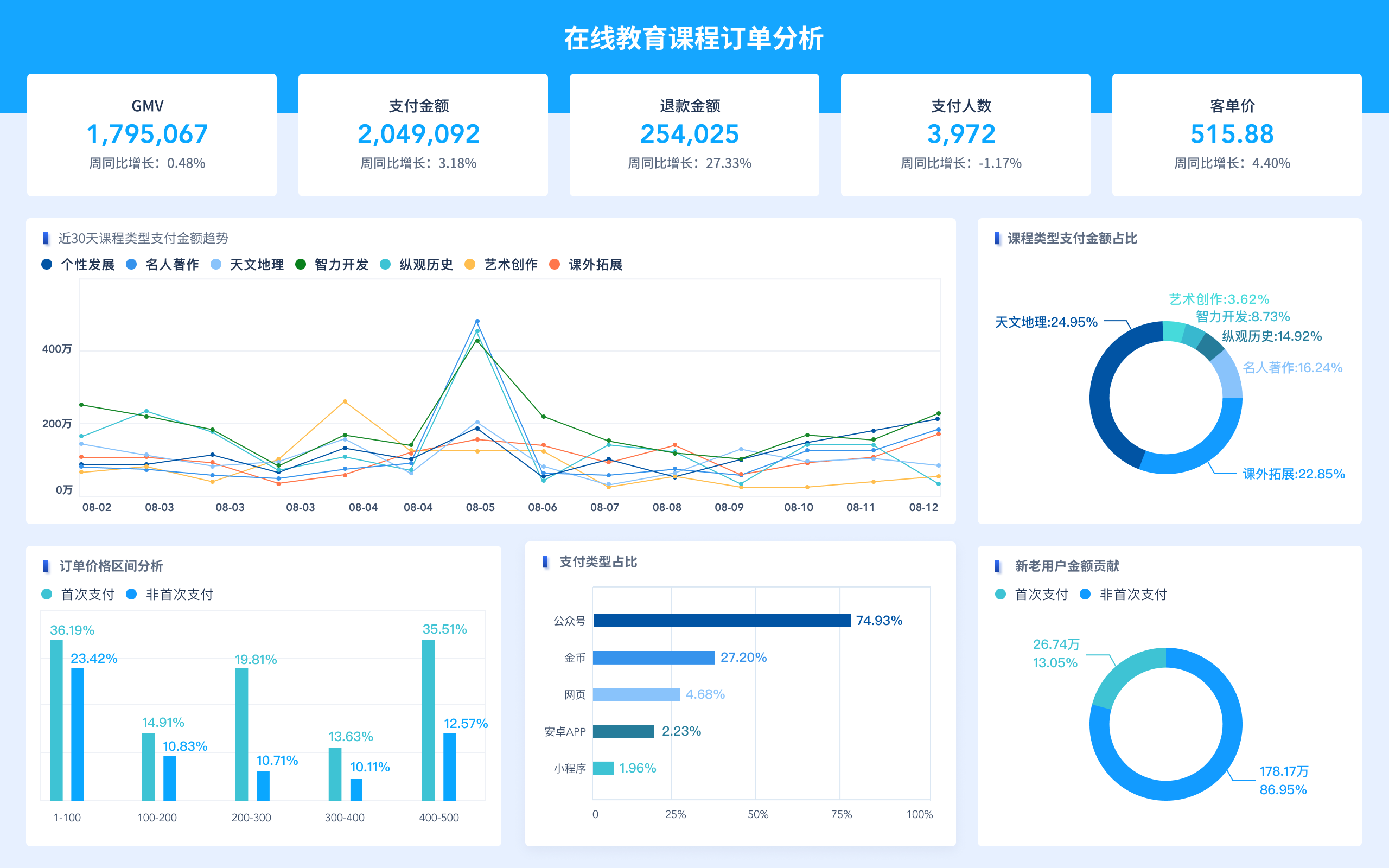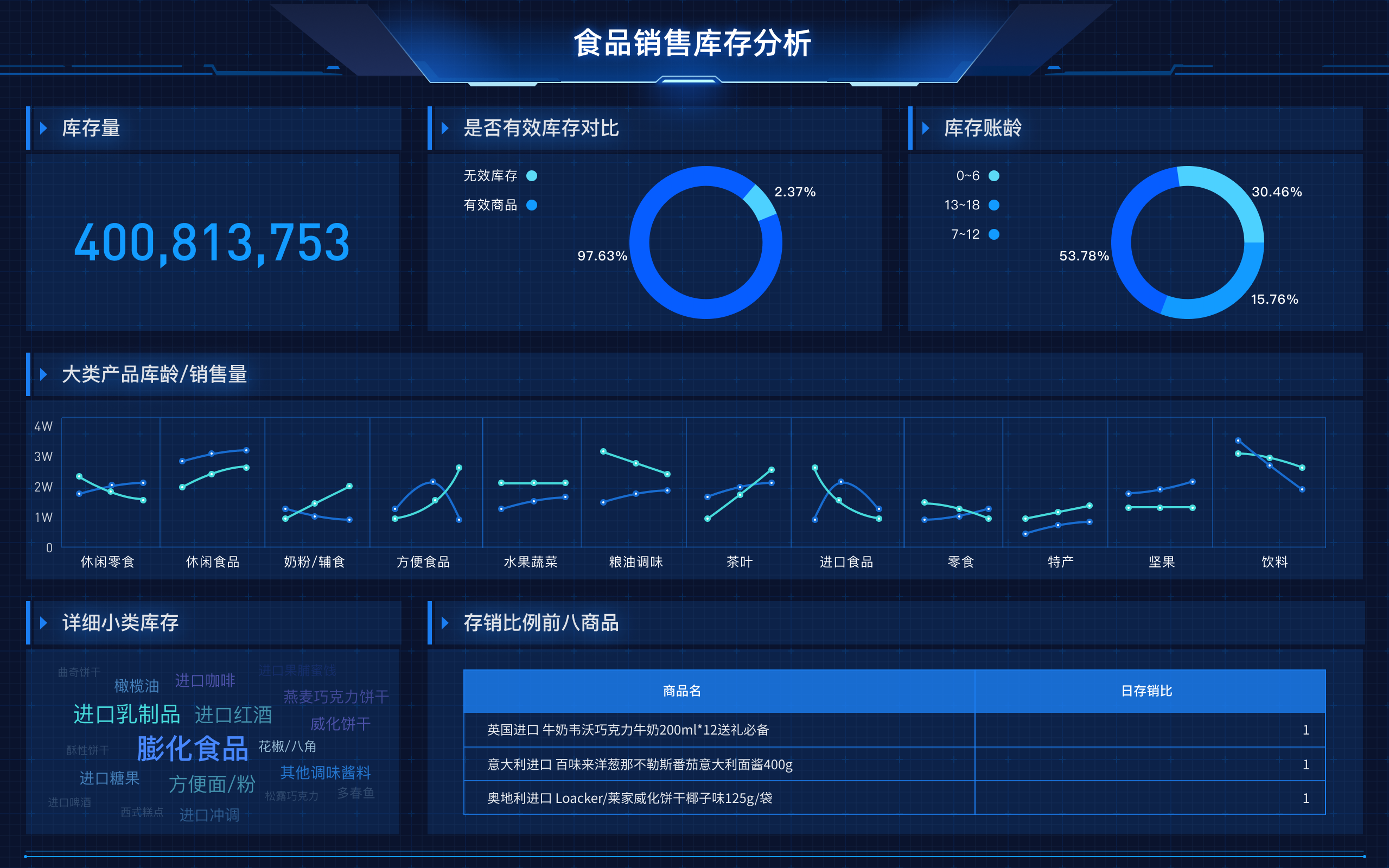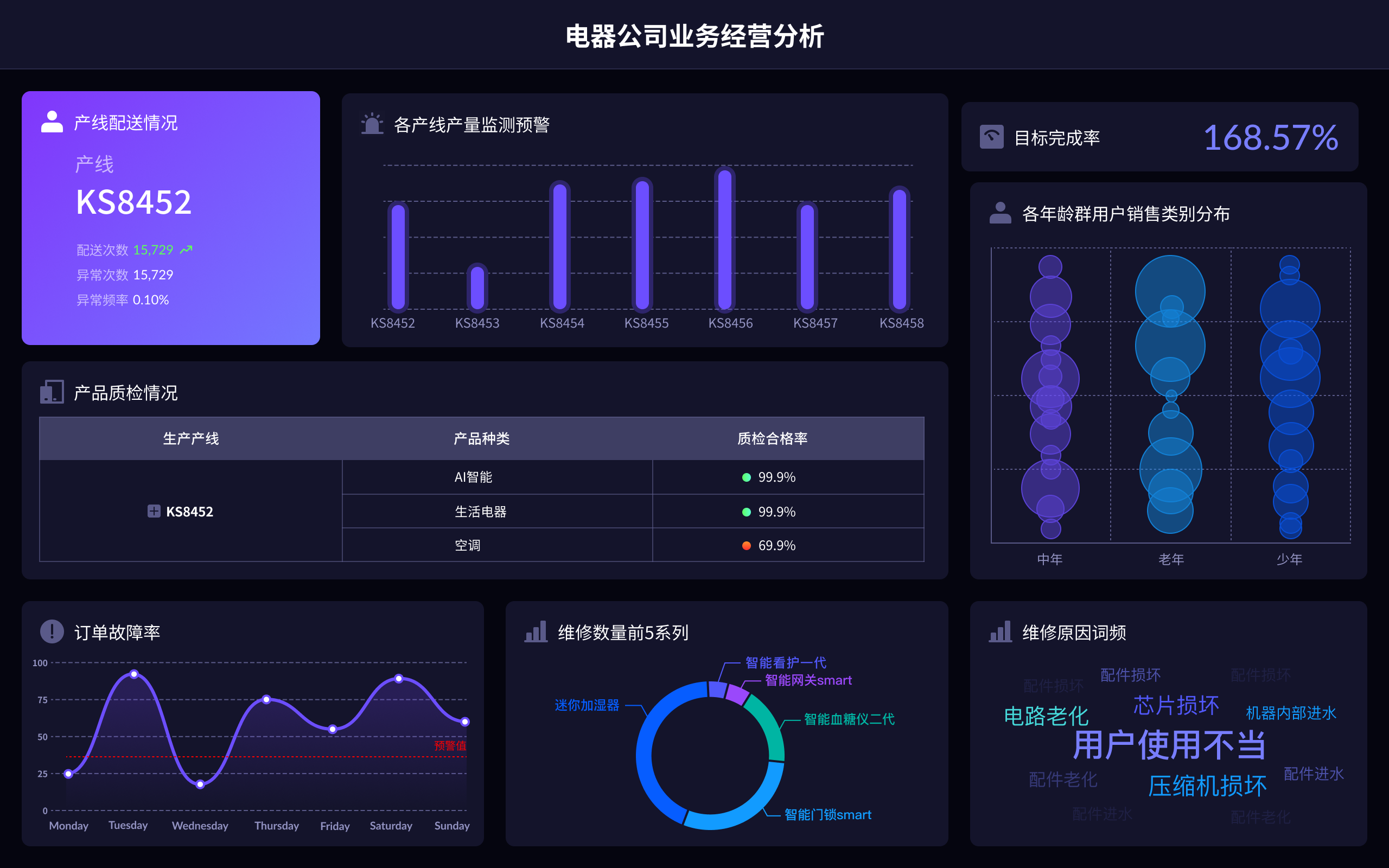
数据结构分析题是指对某一数据结构进行详细分析,包括其定义、操作方法、时间复杂度、空间复杂度等方面。 数据结构分析题通常会要求理解某一数据结构的基本概念、实现方法以及在实际应用中的表现。比如,分析题可能会问你如何实现一个二叉树、如何进行遍历操作、这些操作的时间复杂度是多少等。在解答数据结构分析题时,首先要明确数据结构的定义和基本操作,然后通过代码或伪代码展示其实现过程,接着分析其时间和空间复杂度,最后可以结合实际应用场景讨论其优缺点。例如,在分析二叉搜索树时,你需要详细描述节点插入、删除、查找等基本操作,并分析这些操作的时间复杂度。FineBI等数据分析工具可以帮助更好地理解和实现这些数据结构。FineBI官网: https://s.fanruan.com/f459r;
一、数据结构的定义与基本操作
数据结构是计算机存储、组织数据的方式,它不仅包括数据本身,还包括数据之间的关系以及进行操作的方法。常见的数据结构包括数组、链表、栈、队列、树、图等。每一种数据结构都有其独特的特点和适用场景。例如,数组是一种连续的存储结构,支持快速的随机访问,但在插入和删除操作上较为低效;链表是一种链式存储结构,支持高效的插入和删除操作,但随机访问性能不佳。为了更好地理解这些数据结构,我们可以通过代码或伪代码来展示其实现过程。例如,以下是一个简单的单链表的实现:
class Node:
def __init__(self, data):
self.data = data
self.next = None
class LinkedList:
def __init__(self):
self.head = None
def append(self, data):
new_node = Node(data)
if not self.head:
self.head = new_node
return
last = self.head
while last.next:
last = last.next
last.next = new_node
def print_list(self):
current = self.head
while current:
print(current.data, end=" -> ")
current = current.next
print("None")
示例使用
linked_list = LinkedList()
linked_list.append(1)
linked_list.append(2)
linked_list.append(3)
linked_list.print_list()
通过这个简单的链表实现,我们可以看到链表的基本操作,包括节点的插入和遍历。
二、时间复杂度与空间复杂度
时间复杂度是指算法在运行过程中所需要的时间,它通常用“大O记法”表示。空间复杂度则是指算法在运行过程中所需要的额外空间。对于不同的数据结构,不同的操作会有不同的时间复杂度和空间复杂度。例如,对于数组,访问任意元素的时间复杂度是O(1),而插入和删除操作的时间复杂度是O(n),其中n是数组的长度。对于链表,访问任意元素的时间复杂度是O(n),而插入和删除操作的时间复杂度是O(1)。对于二叉搜索树,查找、插入和删除操作的平均时间复杂度是O(log n),但是在最坏情况下,这些操作的时间复杂度可能会退化为O(n)。为了更好地理解和分析这些复杂度,我们可以通过实际的代码实现和运行时间的测量来进行验证。
例如,以下是一个简单的二叉搜索树的实现:
class TreeNode:
def __init__(self, key):
self.left = None
self.right = None
self.val = key
def insert(root, key):
if root is None:
return TreeNode(key)
else:
if root.val < key:
root.right = insert(root.right, key)
else:
root.left = insert(root.left, key)
return root
def search(root, key):
if root is None or root.val == key:
return root
if root.val < key:
return search(root.right, key)
return search(root.left, key)
示例使用
root = TreeNode(50)
root = insert(root, 30)
root = insert(root, 20)
root = insert(root, 40)
root = insert(root, 70)
root = insert(root, 60)
root = insert(root, 80)
搜索节点
result = search(root, 60)
print("节点找到" if result else "节点未找到")
通过这个简单的二叉搜索树实现,我们可以看到节点的插入和查找操作,并可以进一步分析其时间复杂度。
三、数据结构的实际应用
数据结构在实际应用中有着广泛的应用场景。例如,数组和链表常用于存储和管理线性数据,栈和队列常用于任务调度和资源管理,树和图常用于表示层次结构和网络关系。在这些应用场景中,选择合适的数据结构可以显著提高系统的性能和效率。例如,在一个搜索引擎中,哈希表可以用于快速索引和查找关键词;在一个社交网络中,图结构可以用于表示用户之间的关系,并支持高效的关系查询和推荐。为了更好地理解和应用这些数据结构,我们可以结合具体的业务场景进行分析和优化。例如,以下是一个简单的哈希表实现,用于快速索引和查找数据:
class HashTable:
def __init__(self, size):
self.size = size
self.table = [None] * size
def hash_function(self, key):
return hash(key) % self.size
def insert(self, key, value):
index = self.hash_function(key)
if self.table[index] is None:
self.table[index] = [(key, value)]
else:
for pair in self.table[index]:
if pair[0] == key:
pair = (key, value)
return
self.table[index].append((key, value))
def search(self, key):
index = self.hash_function(key)
if self.table[index] is not None:
for pair in self.table[index]:
if pair[0] == key:
return pair[1]
return None
示例使用
hash_table = HashTable(10)
hash_table.insert("name", "Alice")
hash_table.insert("age", 25)
搜索数据
print(hash_table.search("name"))
print(hash_table.search("age"))
通过这个简单的哈希表实现,我们可以看到哈希表的基本操作,包括数据的插入和查找,并可以进一步分析其时间复杂度和空间复杂度。
四、数据结构的优化与改进
数据结构的优化与改进是指通过改进数据结构的设计和实现,提高其性能和效率。例如,对于链表,可以使用双向链表来支持更高效的双向遍历和删除操作;对于树结构,可以使用平衡树(如红黑树、AVL树)来保持树的平衡,从而提高查找、插入和删除操作的效率;对于哈希表,可以使用动态扩展和缩减来保持较低的负载因子,从而提高查找和插入操作的效率。为了更好地理解和实现这些优化和改进,我们可以通过实际的代码实现和性能测试来进行验证。例如,以下是一个简单的红黑树实现,用于保持树的平衡:
class RedBlackNode:
def __init__(self, data, color='red'):
self.data = data
self.color = color
self.left = None
self.right = None
self.parent = None
class RedBlackTree:
def __init__(self):
self.NIL = RedBlackNode(0, 'black')
self.root = self.NIL
def insert(self, data):
new_node = RedBlackNode(data)
new_node.left = self.NIL
new_node.right = self.NIL
new_node.parent = None
if self.root == self.NIL:
self.root = new_node
self.root.color = 'black'
return
current = self.root
while current != self.NIL:
parent = current
if new_node.data < current.data:
current = current.left
else:
current = current.right
new_node.parent = parent
if new_node.data < parent.data:
parent.left = new_node
else:
parent.right = new_node
self.fix_insert(new_node)
def fix_insert(self, node):
while node != self.root and node.parent.color == 'red':
if node.parent == node.parent.parent.left:
uncle = node.parent.parent.right
if uncle.color == 'red':
node.parent.color = 'black'
uncle.color = 'black'
node.parent.parent.color = 'red'
node = node.parent.parent
else:
if node == node.parent.right:
node = node.parent
self.left_rotate(node)
node.parent.color = 'black'
node.parent.parent.color = 'red'
self.right_rotate(node.parent.parent)
else:
uncle = node.parent.parent.left
if uncle.color == 'red':
node.parent.color = 'black'
uncle.color = 'black'
node.parent.parent.color = 'red'
node = node.parent.parent
else:
if node == node.parent.left:
node = node.parent
self.right_rotate(node)
node.parent.color = 'black'
node.parent.parent.color = 'red'
self.left_rotate(node.parent.parent)
self.root.color = 'black'
def left_rotate(self, node):
temp = node.right
node.right = temp.left
if temp.left != self.NIL:
temp.left.parent = node
temp.parent = node.parent
if node.parent == None:
self.root = temp
elif node == node.parent.left:
node.parent.left = temp
else:
node.parent.right = temp
temp.left = node
node.parent = temp
def right_rotate(self, node):
temp = node.left
node.left = temp.right
if temp.right != self.NIL:
temp.right.parent = node
temp.parent = node.parent
if node.parent == None:
self.root = temp
elif node == node.parent.right:
node.parent.right = temp
else:
node.parent.left = temp
temp.right = node
node.parent = temp
通过这个简单的红黑树实现,我们可以看到节点的插入和修复操作,并可以进一步分析其时间复杂度和空间复杂度。通过这种方式,我们可以更好地理解和应用数据结构的优化和改进,从而提高系统的性能和效率。
五、FineBI在数据结构分析中的应用
在实际的数据分析工作中,数据结构的选择和优化对于提高分析效率和准确性至关重要。FineBI作为一款专业的数据分析工具,可以帮助分析师更好地理解和实现各种数据结构。通过FineBI,用户可以直观地查看数据结构的性能指标,并通过可视化工具进行分析和优化。例如,用户可以使用FineBI的图表功能,直观地展示不同数据结构在不同操作下的时间复杂度和空间复杂度,从而选择最优的数据结构。此外,FineBI还支持自定义脚本和扩展功能,用户可以通过编写自定义代码,实现特定的数据结构和算法,从而满足复杂的数据分析需求。FineBI官网: https://s.fanruan.com/f459r;
例如,通过FineBI的自定义脚本功能,用户可以实现一个简单的二叉搜索树,并对其进行性能测试和可视化展示:
# FineBI自定义脚本示例
import time
import random
class TreeNode:
def __init__(self, key):
self.left = None
self.right = None
self.val = key
def insert(root, key):
if root is None:
return TreeNode(key)
else:
if root.val < key:
root.right = insert(root.right, key)
else:
root.left = insert(root.left, key)
return root
def search(root, key):
if root is None or root.val == key:
return root
if root.val < key:
return search(root.right, key)
return search(root.left, key)
示例使用
root = TreeNode(50)
for _ in range(1000):
insert(root, random.randint(1, 1000))
性能测试
start_time = time.time()
search(root, random.randint(1, 1000))
end_time = time.time()
print(f"搜索时间: {end_time - start_time}秒")
通过这种方式,用户可以在FineBI中实现和测试各种数据结构,并通过可视化工具进行分析和优化,从而提高数据分析的效率和准确性。
六、数据结构在大数据分析中的挑战与解决方案
在大数据分析中,数据结构的选择和优化面临更多的挑战。随着数据量的增加,传统的数据结构和算法可能无法满足性能要求,需要进行更深层次的优化和改进。例如,在大数据环境中,树结构可能会面临深度过大、平衡性差的问题,需要使用更复杂的平衡树或分布式树结构来解决;哈希表可能会面临冲突过多、扩展性能差的问题,需要使用更高效的哈希函数和动态扩展策略来解决。为了应对这些挑战,可以结合FineBI等专业的数据分析工具,进行深入的性能测试和优化。例如,通过FineBI的分布式计算和可视化分析功能,可以对大数据环境中的数据结构进行全面的性能测试和优化,从而提高系统的性能和稳定性。
例如,以下是一个简单的分布式哈希表实现,用于在大数据环境中进行高效的数据存储和查找:
import hashlib
class DistributedHashTable:
def __init__(self, num_buckets):
self.num_buckets = num_buckets
self.buckets = [[] for _ in range(num_buckets)]
def hash_function(self, key):
return int(hashlib.sha256(key.encode('utf-8')).hexdigest(), 16) % self.num_buckets
def insert(self, key, value):
index = self.hash_function(key)
for i, (k, v) in enumerate(self.buckets[index]):
if k == key:
self.buckets[index][i] = (key, value)
return
self.buckets[index].append((key, value))
def search(self, key):
index = self.hash_function(key)
for k, v in self.buckets[index]:
if k == key:
return v
return None
示例使用
dht = DistributedHashTable(100)
dht.insert("name", "Alice")
dht.insert("age", 25)
搜索数据
print(dht.search("name"))
print(dht.search("age"))
通过这个简单的分布式哈希表实现,我们可以看到数据的分布和查找操作,并可以进一步分析其在大数据环境中的性能表现。结合FineBI的分布式计算和可视化分析功能,可以对分布式哈希表进行全面的性能测试和优化,从而提高系统的性能和稳定性。
综上所述,数据结构分析题不仅涉及对数据结构的定义和基本操作的理解,还需要对其时间复杂度和空间复杂度进行详细分析,结合实际应用场景进行优化和改进,并在大数据环境中面临更多的挑战和解决方案。通过结合FineBI等专业的数据分析工具,可以更好地实现和优化各种数据结构,从而提高数据分析的效率和准确性。FineBI官网: https://s.fanruan.com/f459r;
相关问答FAQs:
数据结构分析题是什么意思?
数据结构分析题通常是指在计算机科学与软件工程领域,通过对不同数据结构的特性、性能和应用场景进行深入探讨的一类问题。这类题目可能涵盖多种数据结构,如数组、链表、栈、队列、树、图等,旨在考察学生或从业者对数据结构的理解和应用能力。
在数据结构分析题中,通常会要求考生对给定的数据结构进行分析,比较其时间复杂度和空间复杂度,评估其在特定场景下的效率,或者解决特定的问题并解释选择的理由。这种分析不仅需要基础的理论知识,还需要实际运用能力。
数据结构分析题怎么写?
写数据结构分析题时,可以遵循以下步骤来确保内容充实且具有说服力。
-
明确题目要求:在写作之前,首先要仔细阅读题目,理解所需分析的数据结构类型以及具体的问题要求。这一步骤可以帮助你聚焦于关键点,避免偏离主题。
-
选择合适的数据结构:根据题目需求,选择最合适的数据结构。例如,如果题目要求处理动态数据,链表或动态数组可能更合适;如果需要频繁的插入和删除操作,可能会选择链表。
-
分析时间复杂度和空间复杂度:对于选定的数据结构,进行时间复杂度和空间复杂度的分析。这可以通过大O符号来表示,如O(1)、O(n)、O(log n)等。分析中应包括具体的操作(如插入、删除、查找等)所需的时间和空间开销。
-
应用场景举例:提供一些数据结构的实际应用案例,可以帮助读者更好地理解其特性。例如,可以讨论哈希表如何在数据库索引中应用,或者树结构如何用于实现文件系统。
-
总结优缺点:对所选数据结构的优缺点进行总结。比如,数组的优点是随机访问效率高,而缺点是大小固定;链表则具有动态大小的优点,但在随机访问时效率较低。
-
附加相关图示:在适当的地方添加图示,帮助读者更直观地理解数据结构的特性和操作。例如,图示可以显示树的结构、链表的节点连接等。
-
清晰的逻辑结构:确保整个分析过程逻辑清晰,段落之间过渡自然。使用小标题将不同部分区分开,使内容易于阅读。
-
实例代码:如果题目要求,可以附上相关的代码示例,以展示如何实现特定的数据结构或算法。这可以增强分析的说服力,并为读者提供实际操作的参考。
-
个人见解:在分析的最后,加入个人的见解或对未来研究方向的思考,能够使文章更加丰富,展示出个人的深度思考。
通过上述步骤的引导,数据结构分析题的写作将变得更加系统化和易于理解。无论是学术研究还是实际应用,掌握数据结构的分析能力都是至关重要的。
本文内容通过AI工具匹配关键字智能整合而成,仅供参考,帆软不对内容的真实、准确或完整作任何形式的承诺。具体产品功能请以帆软官方帮助文档为准,或联系您的对接销售进行咨询。如有其他问题,您可以通过联系blog@fanruan.com进行反馈,帆软收到您的反馈后将及时答复和处理。


